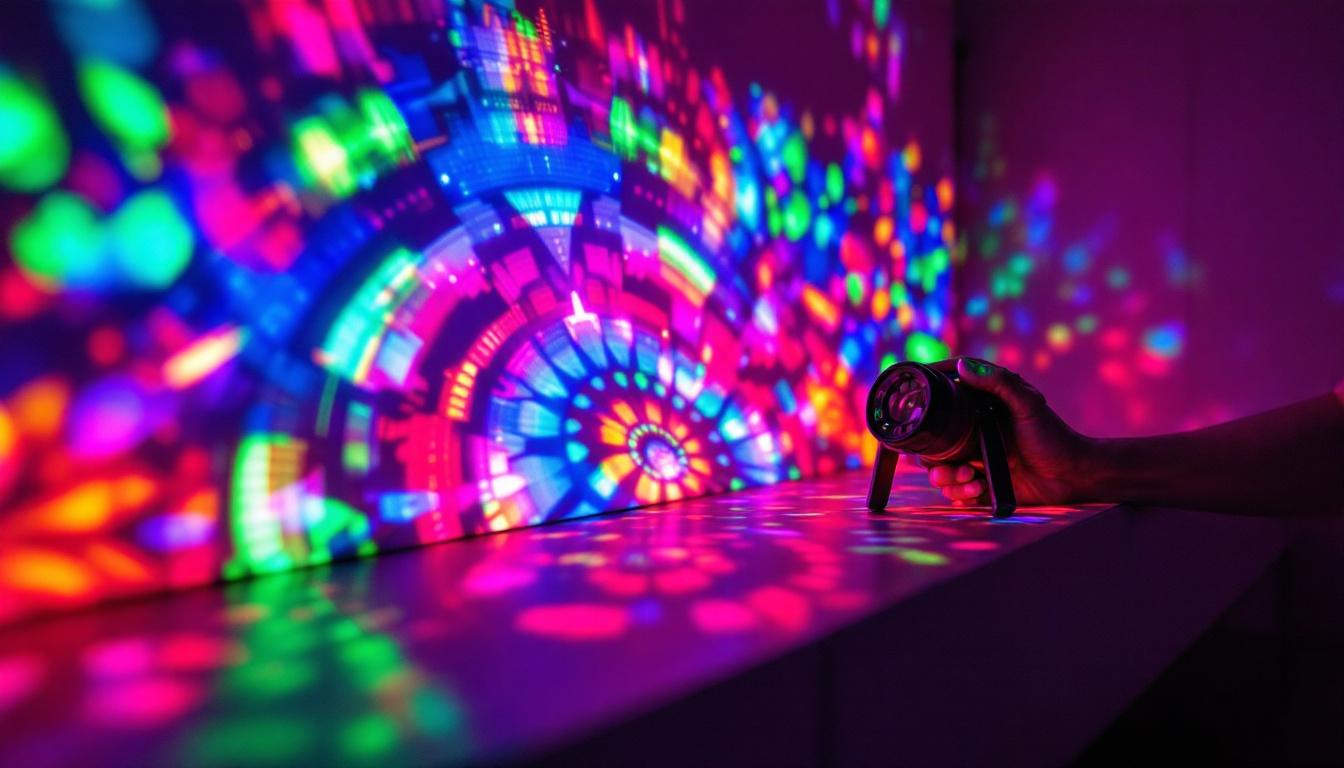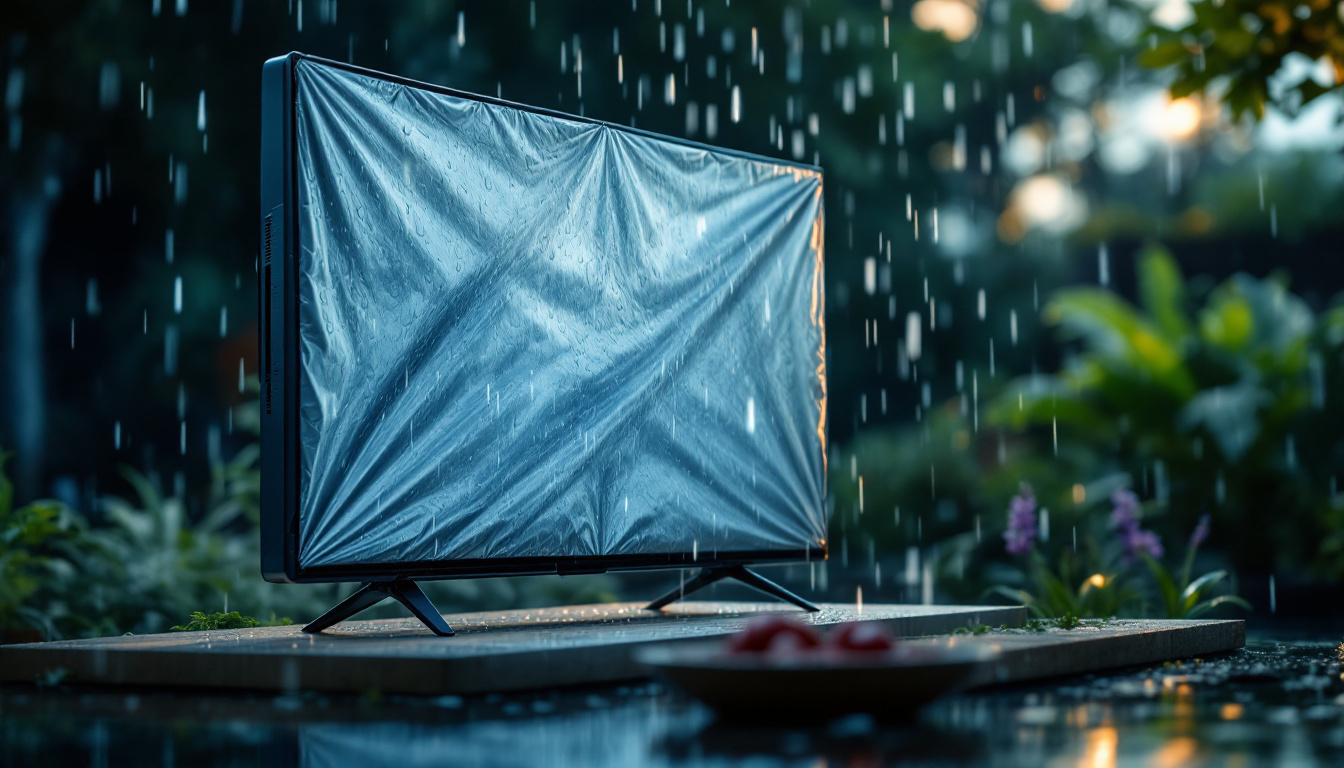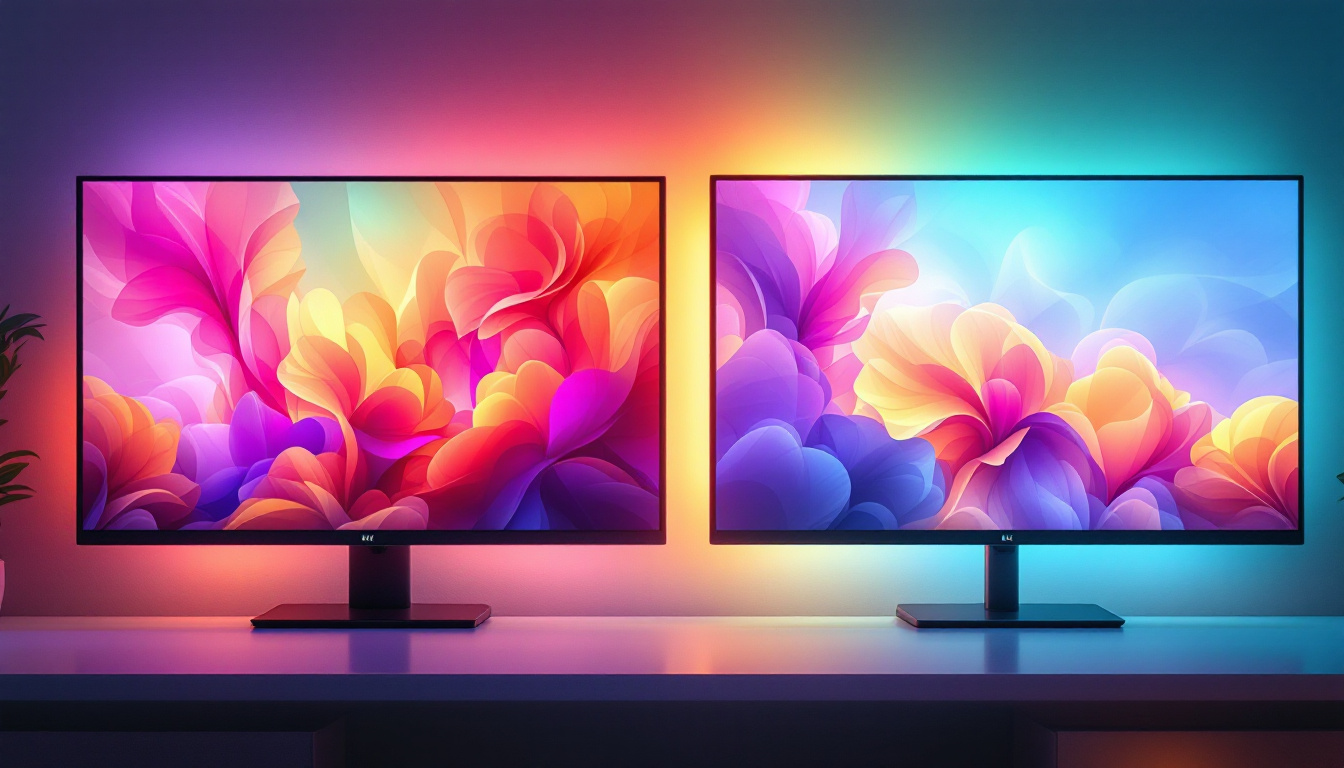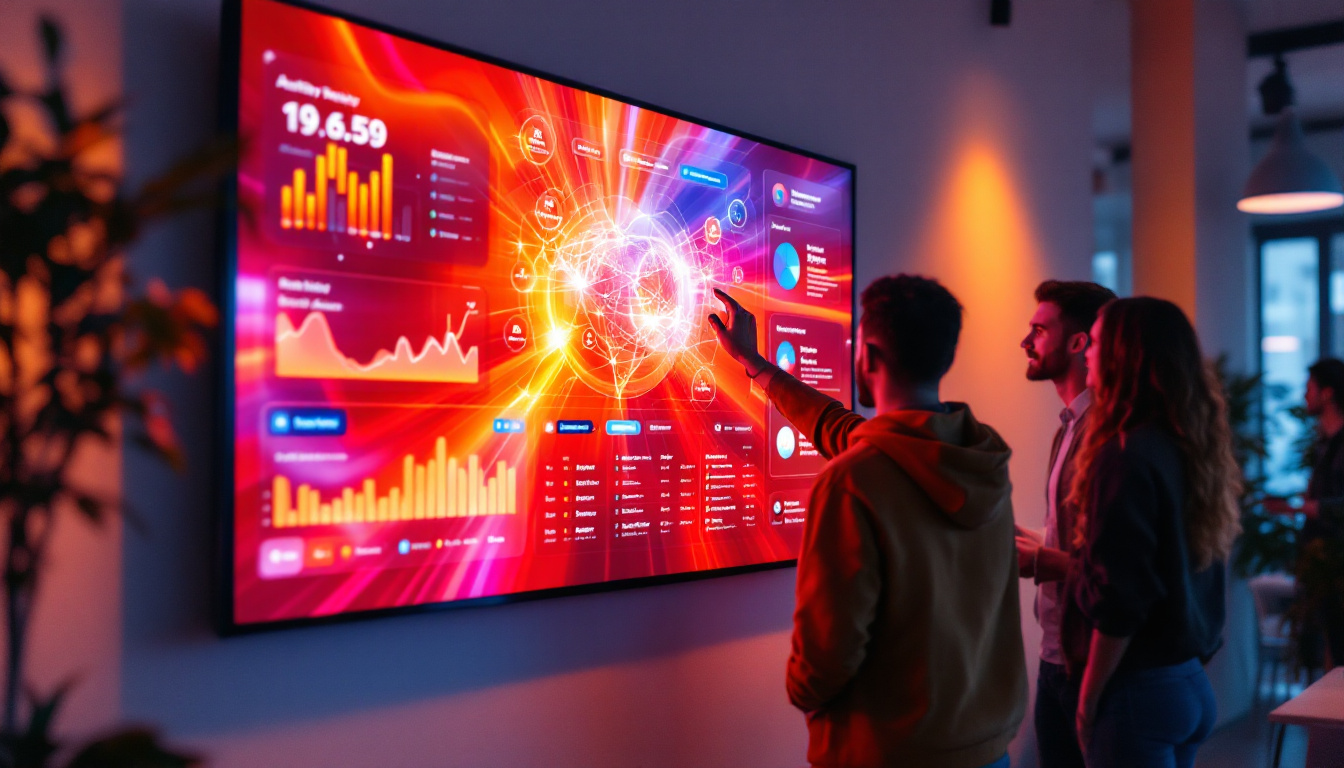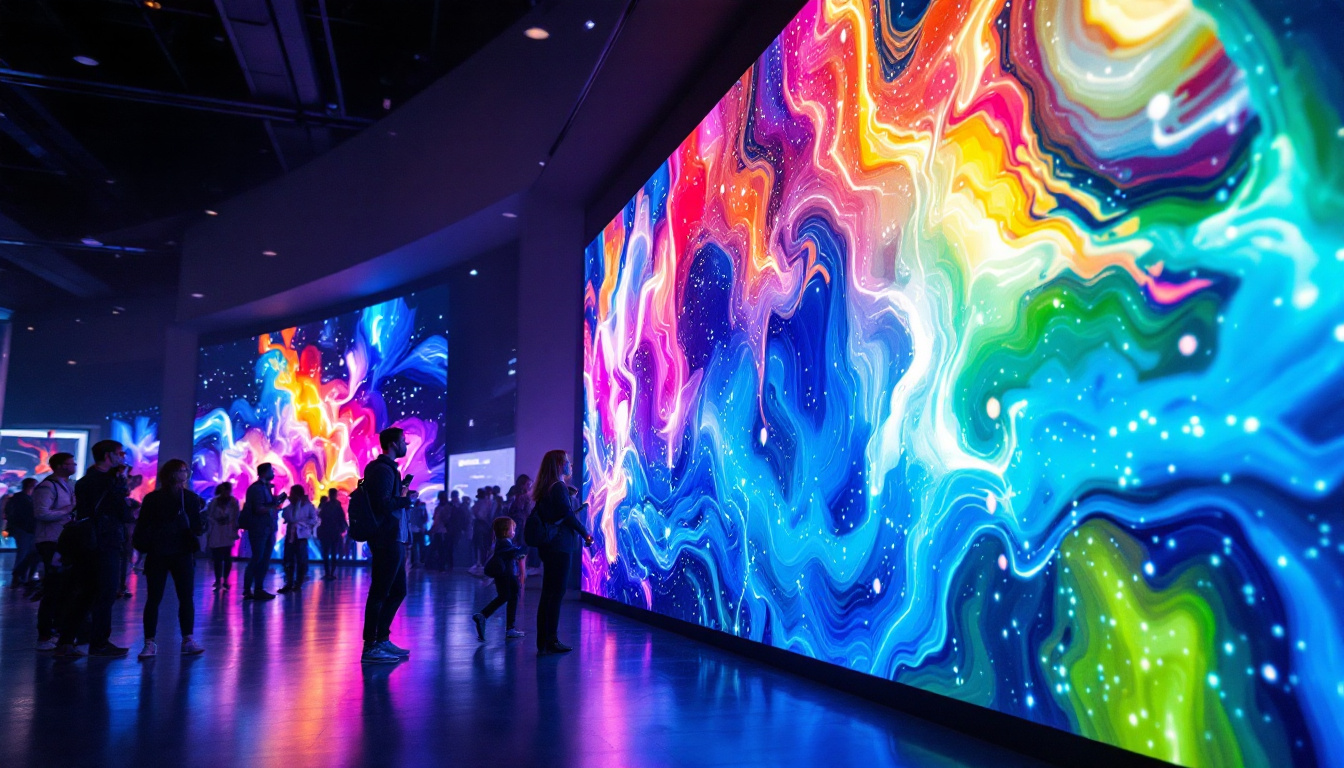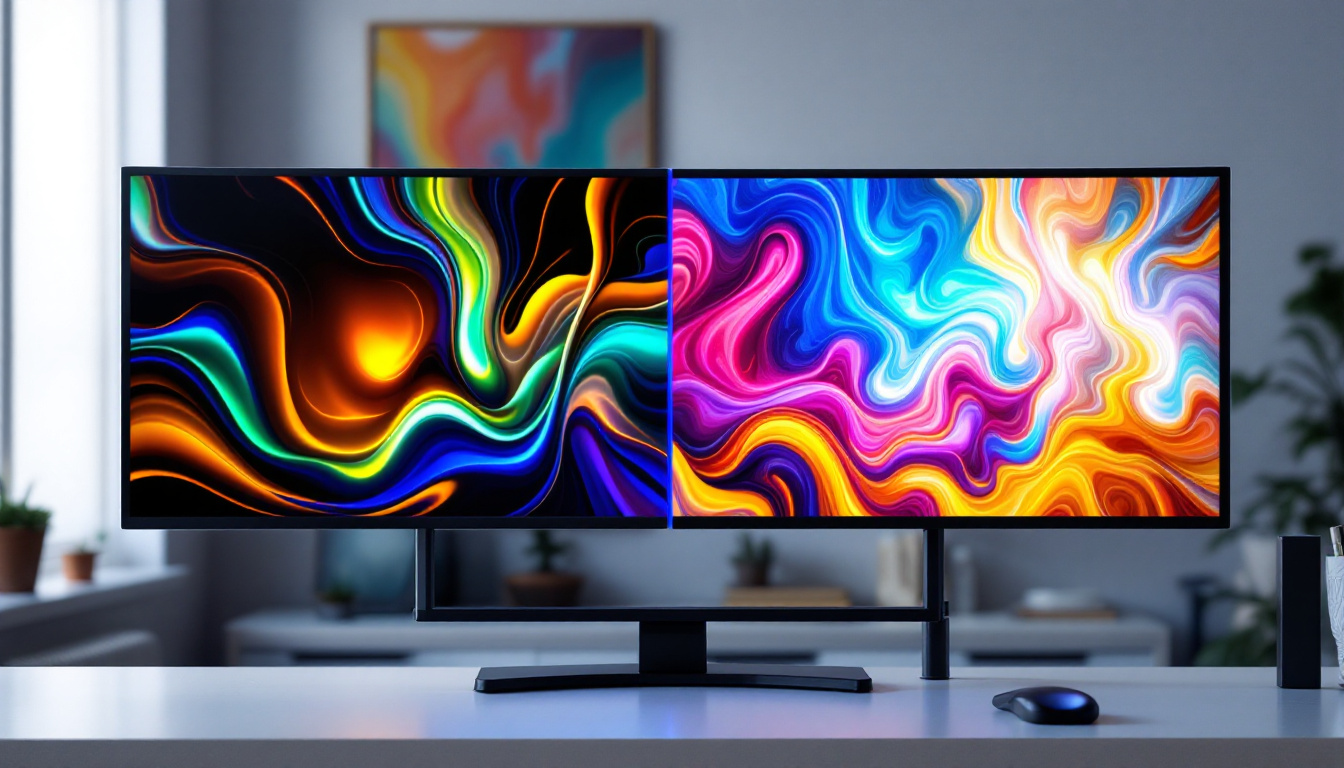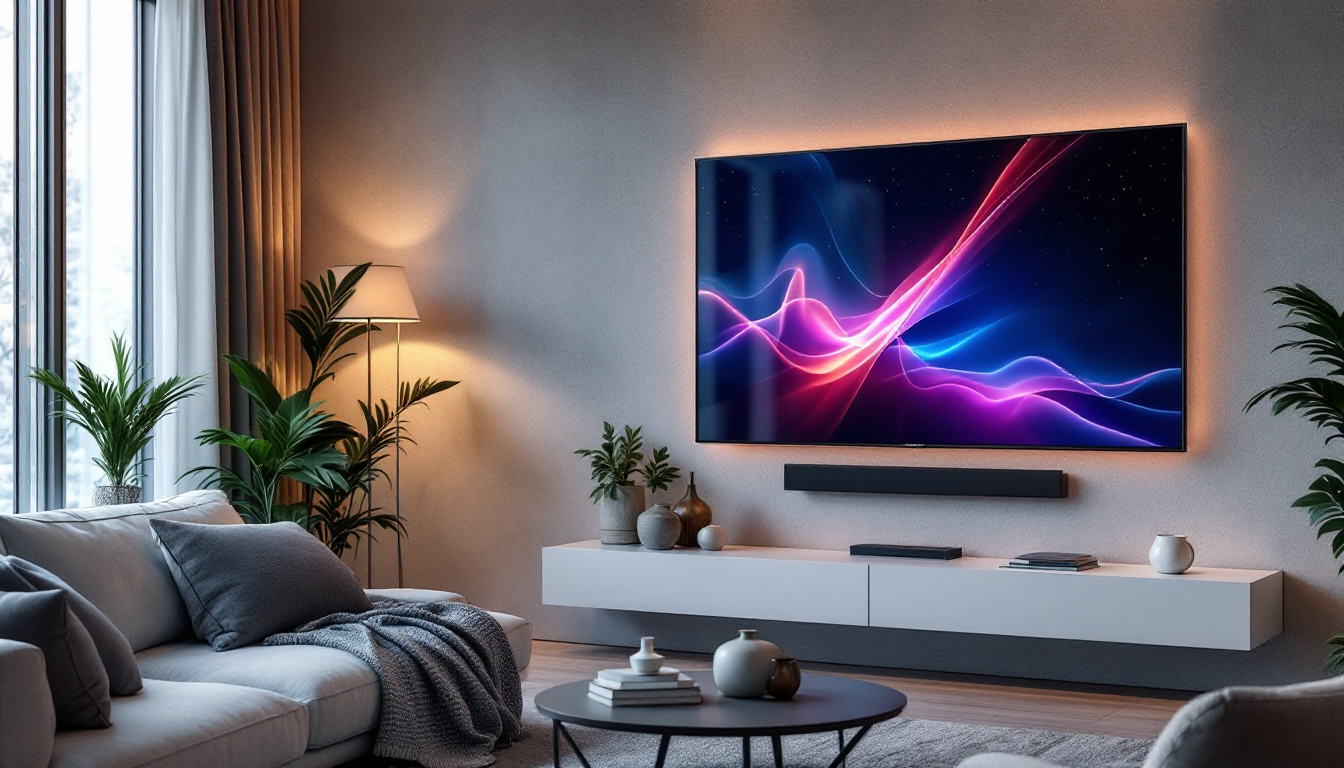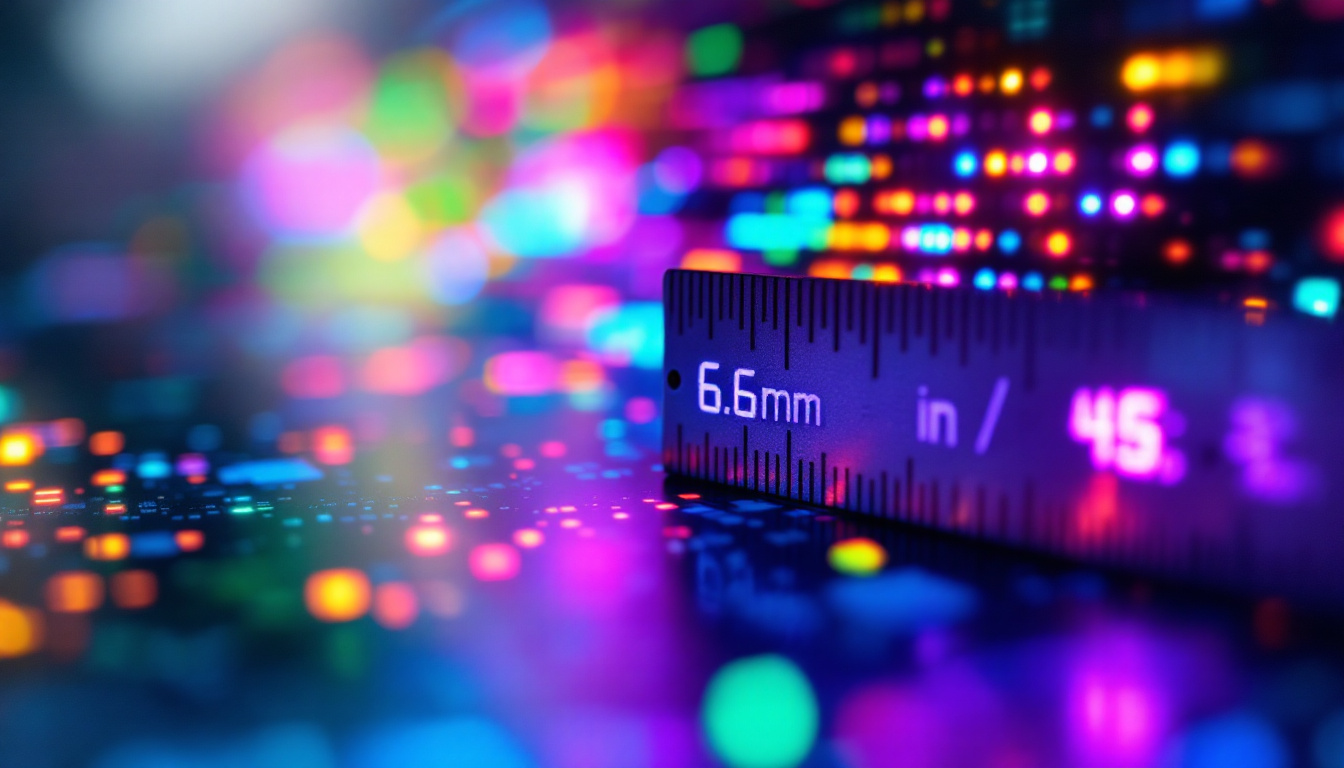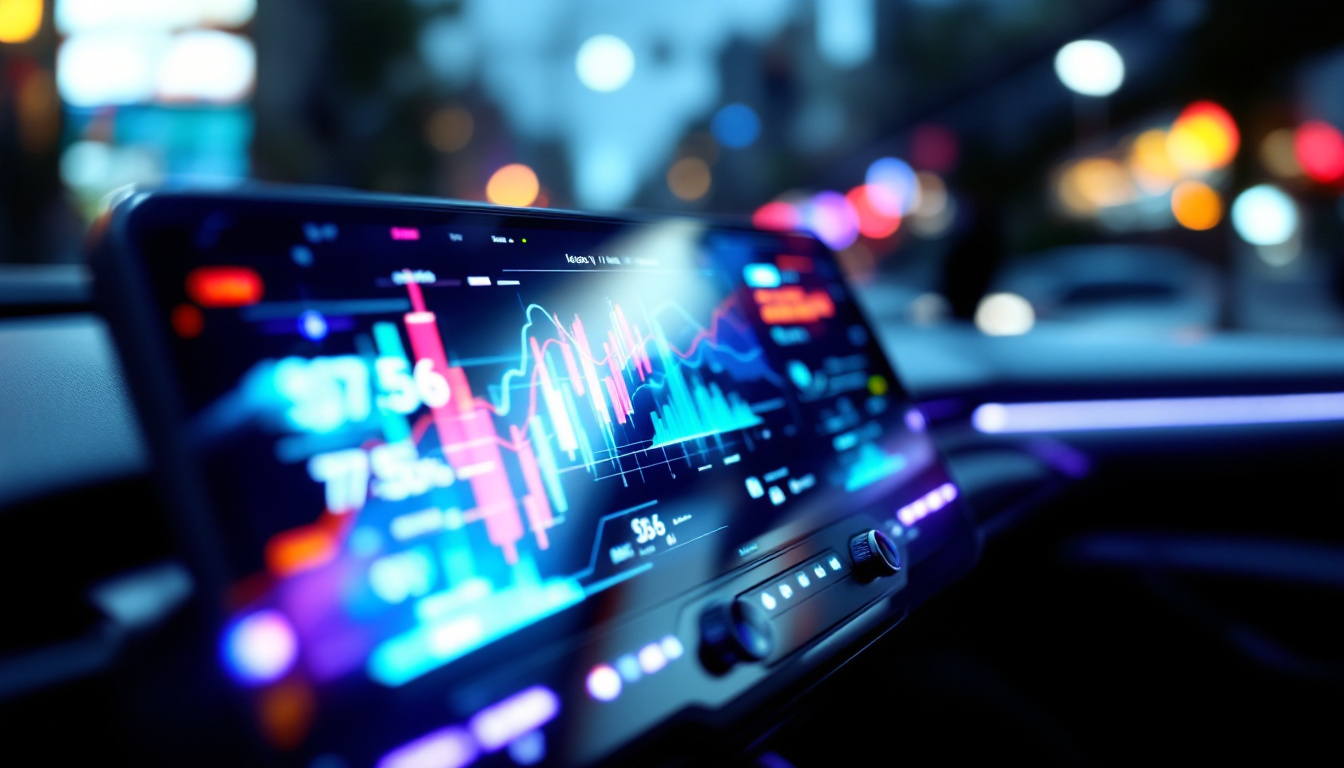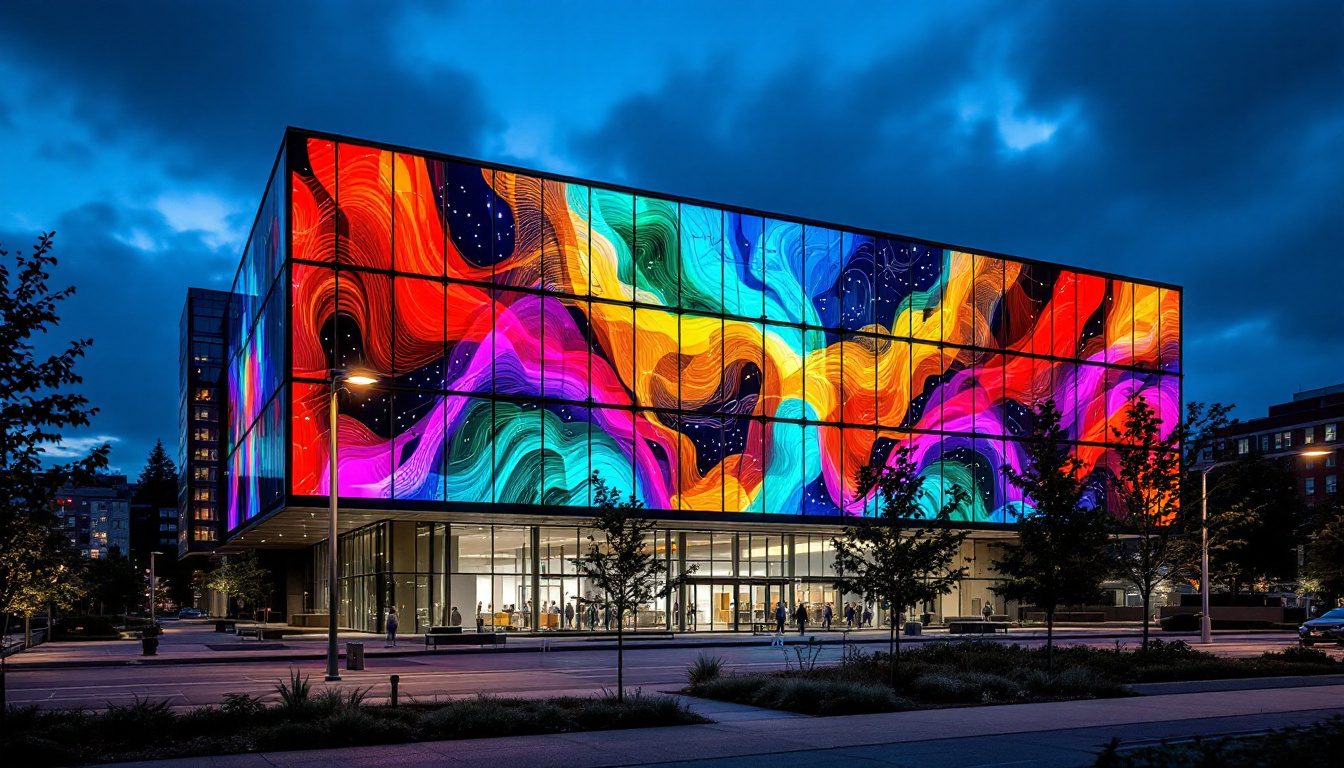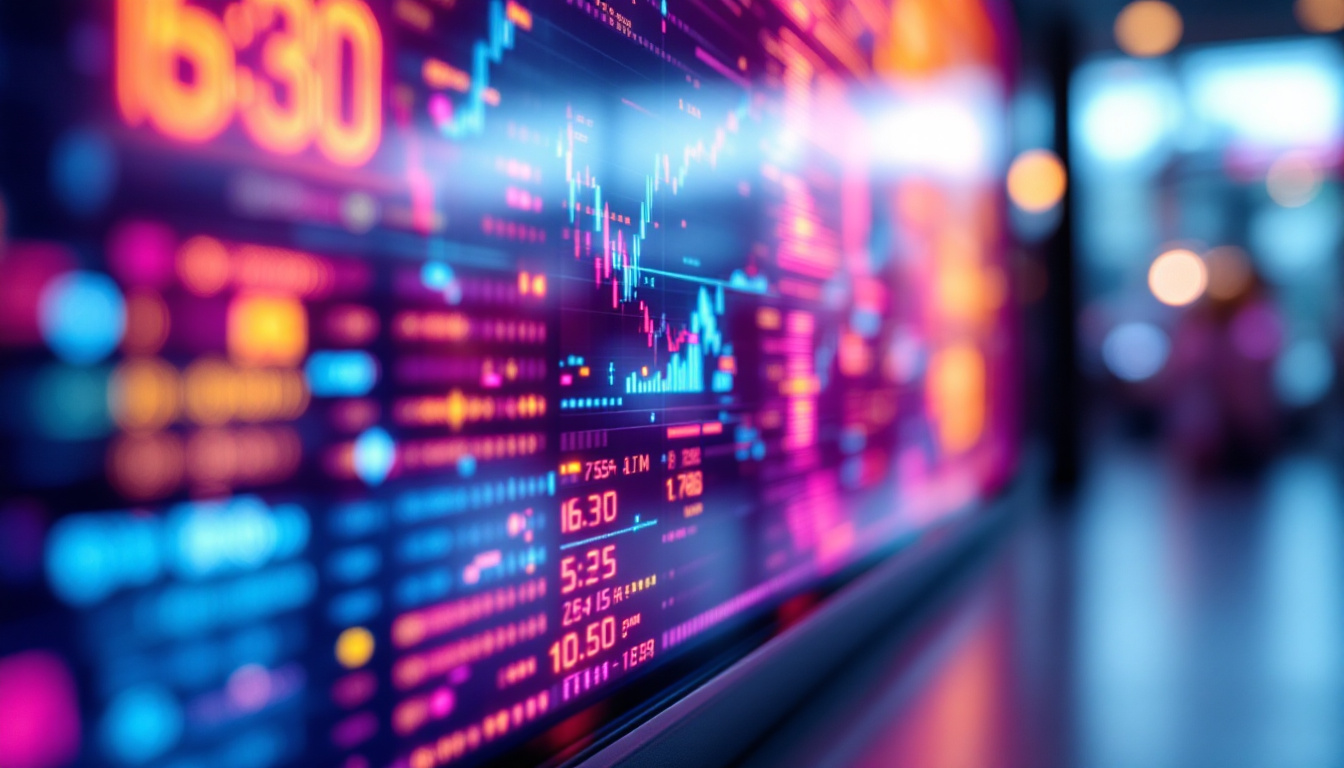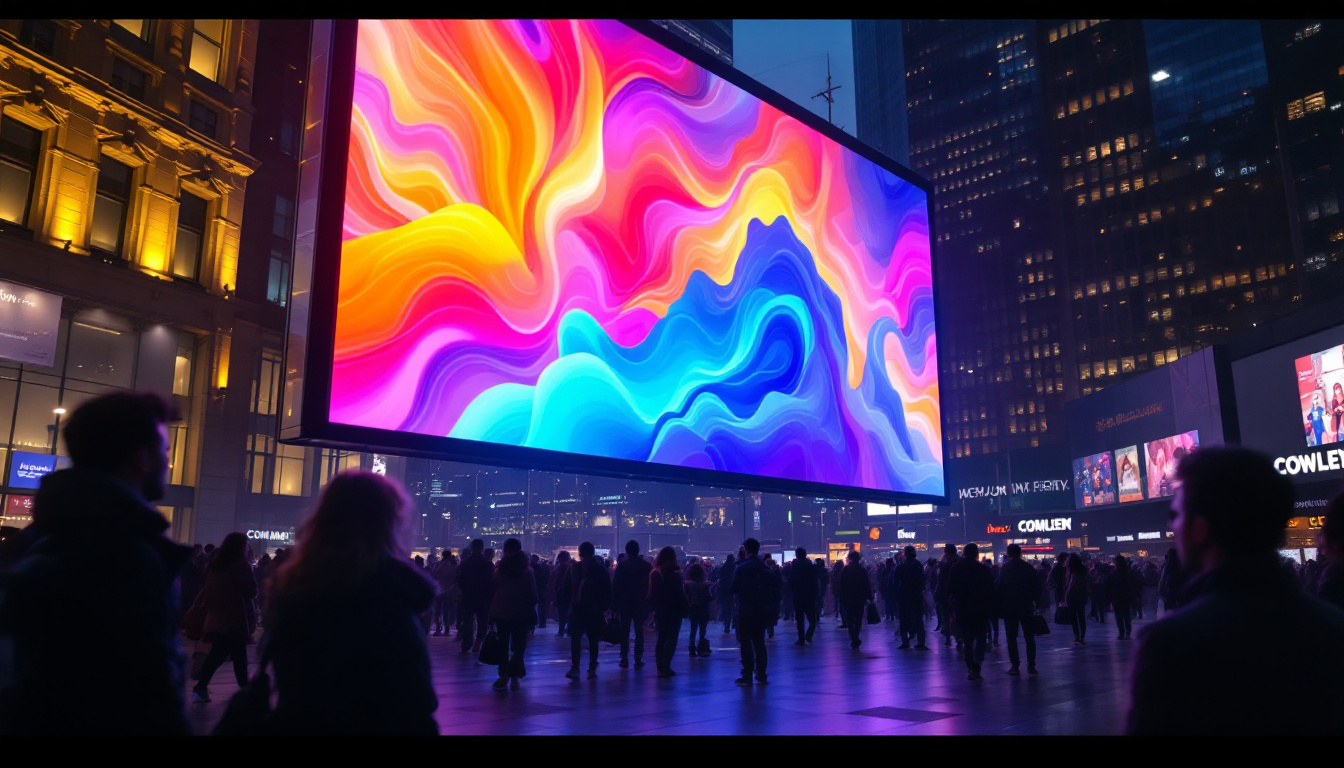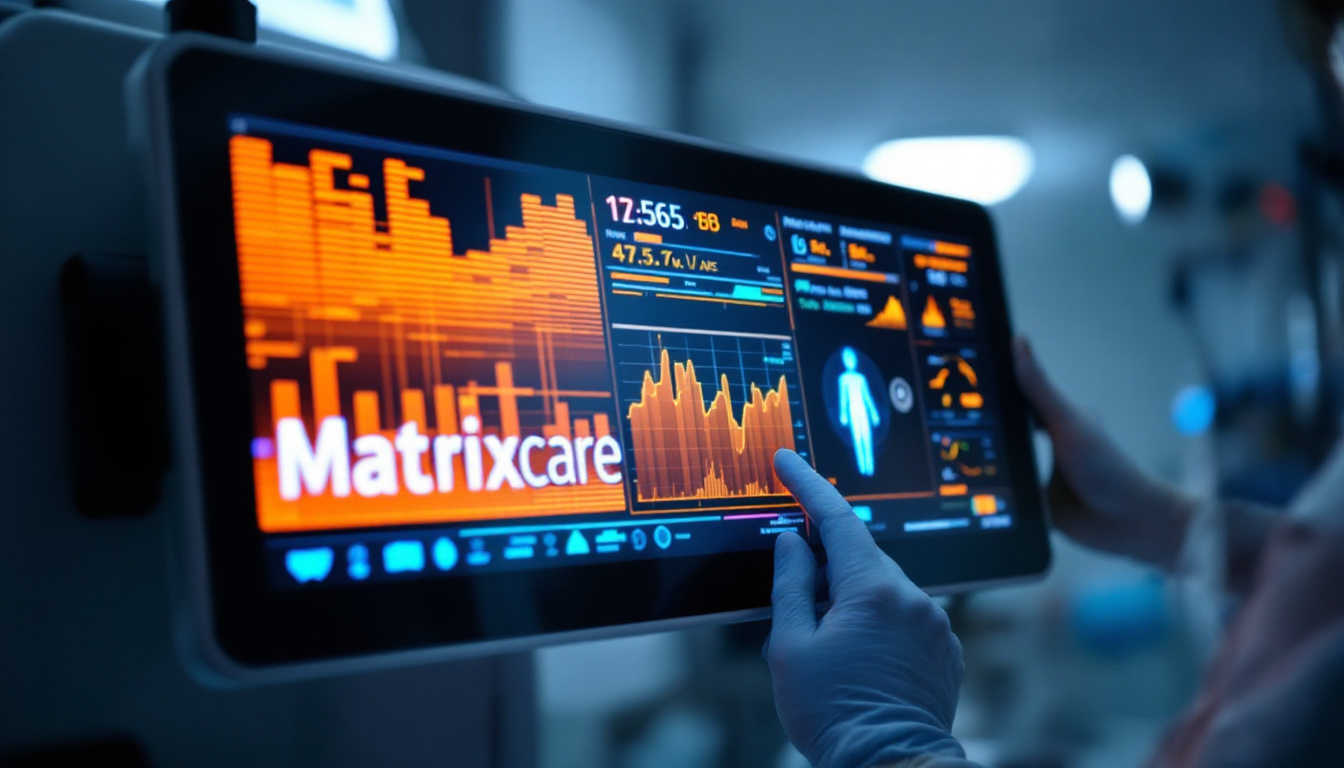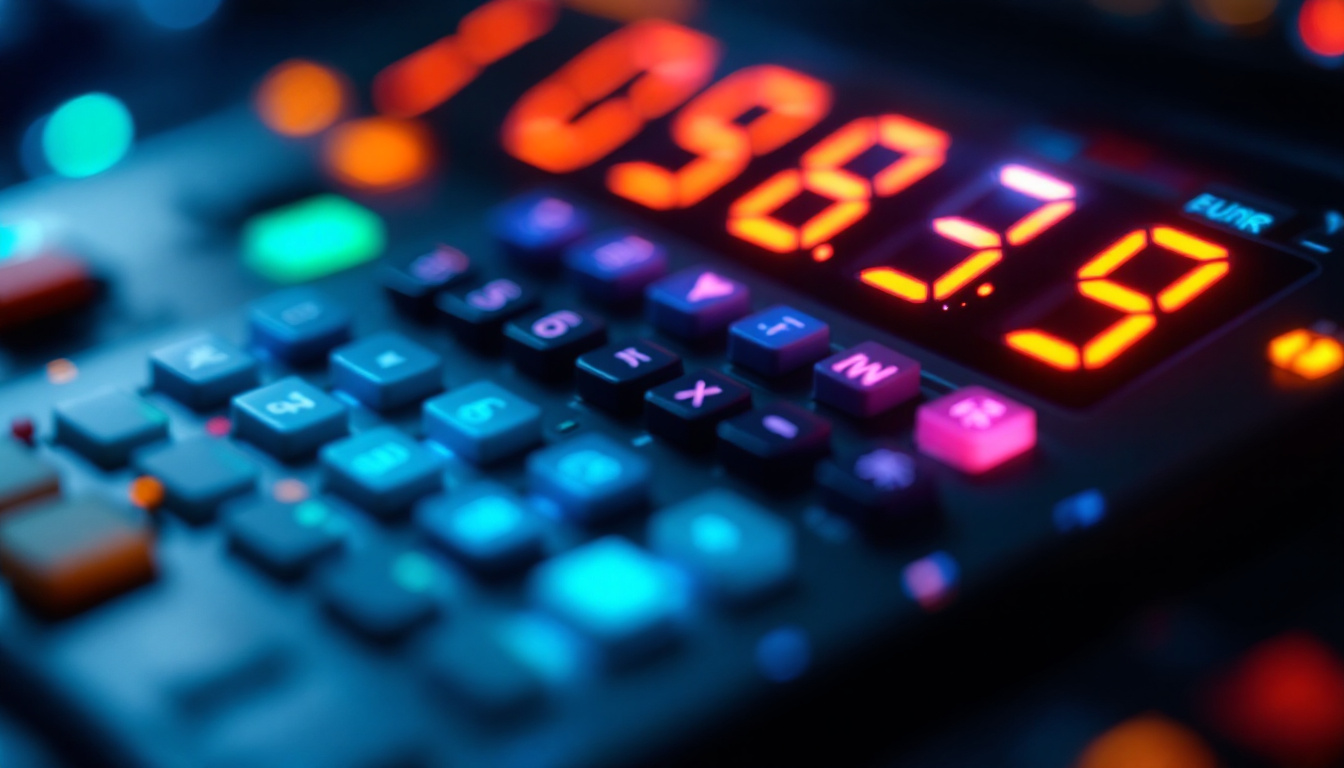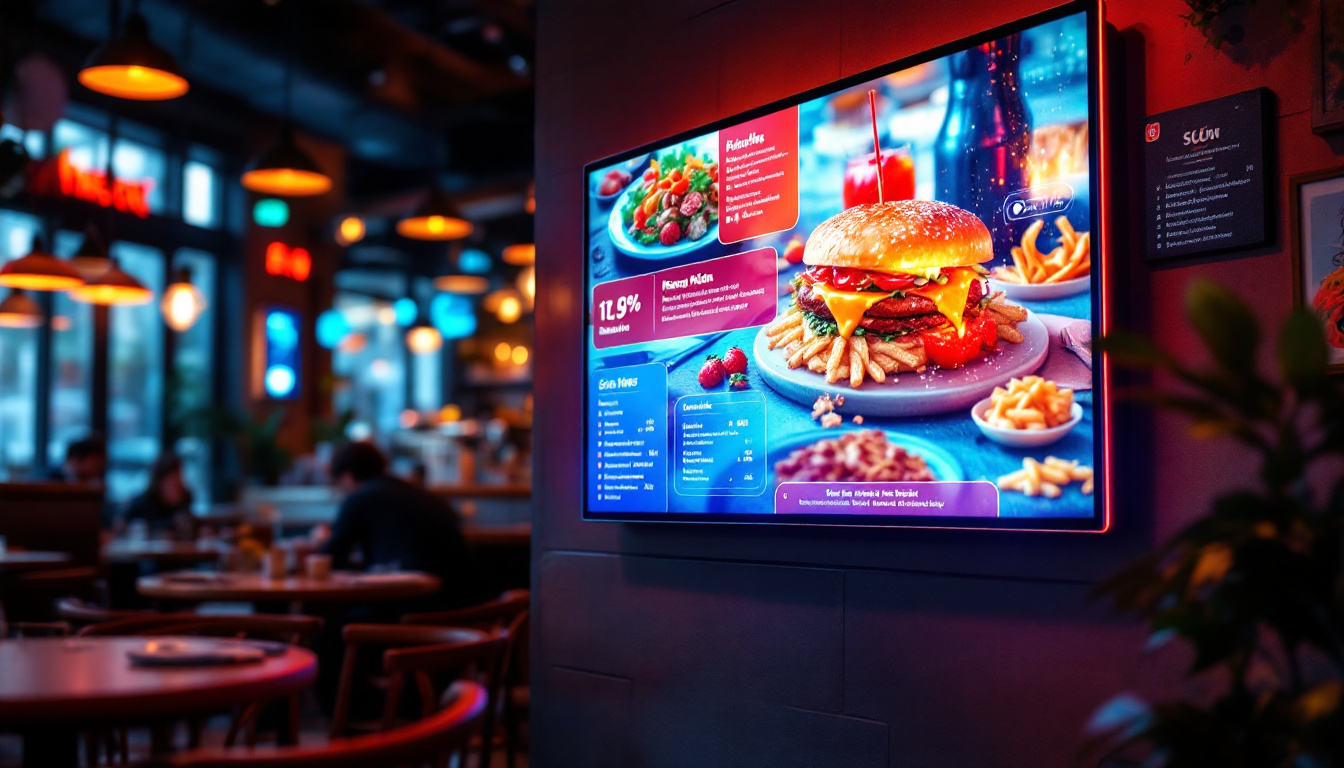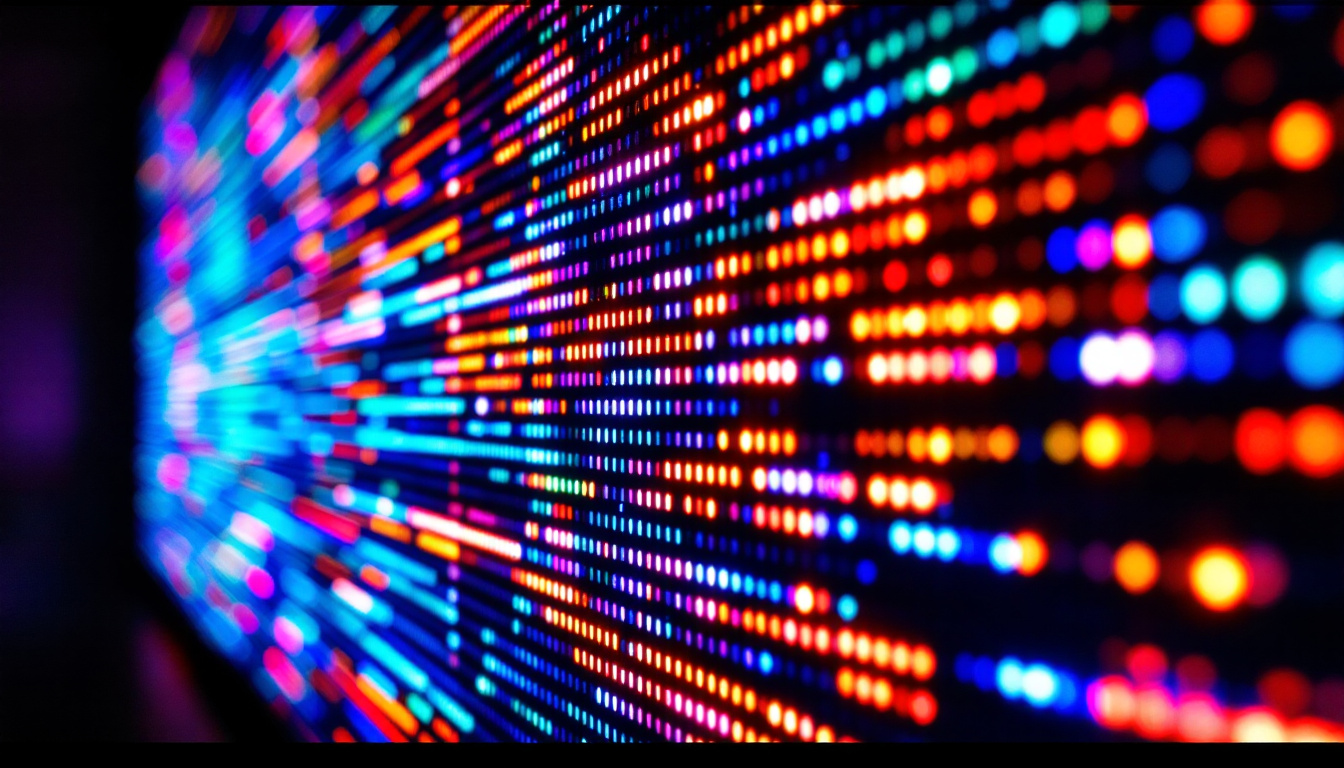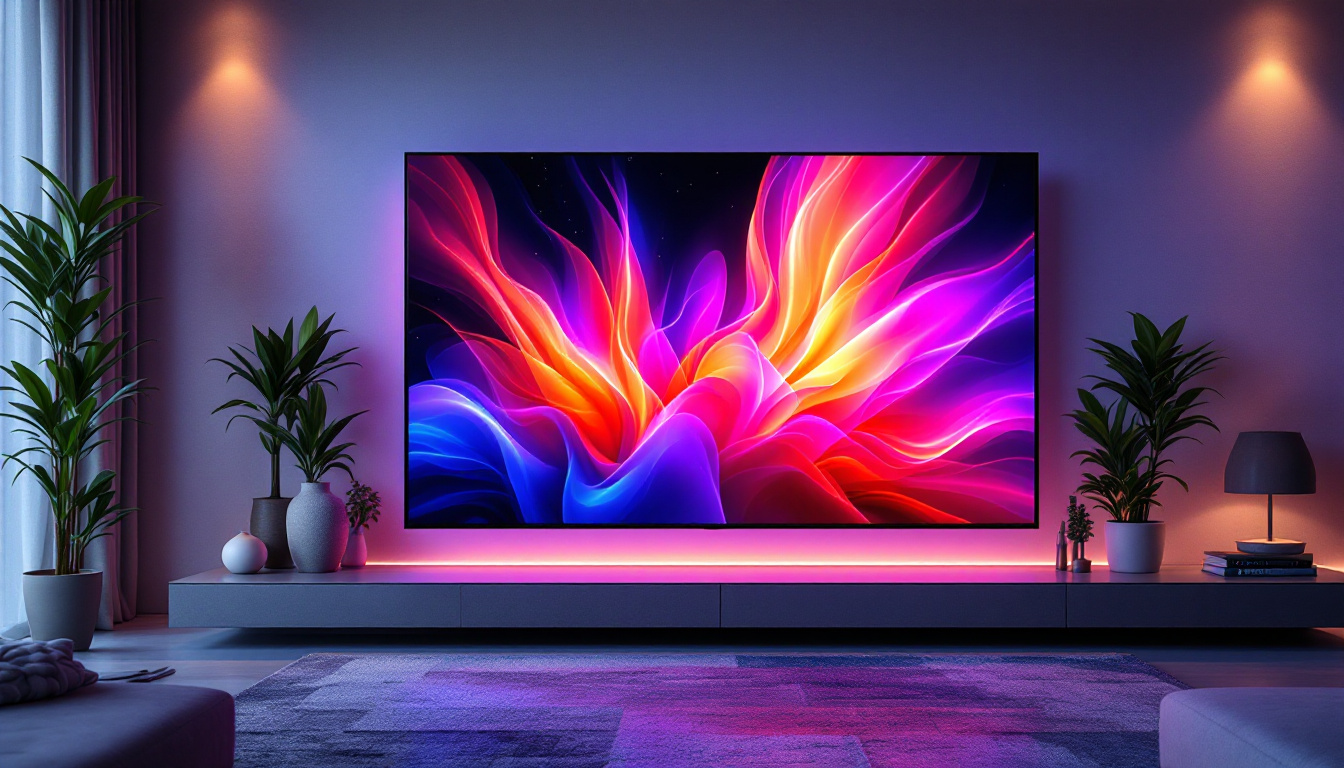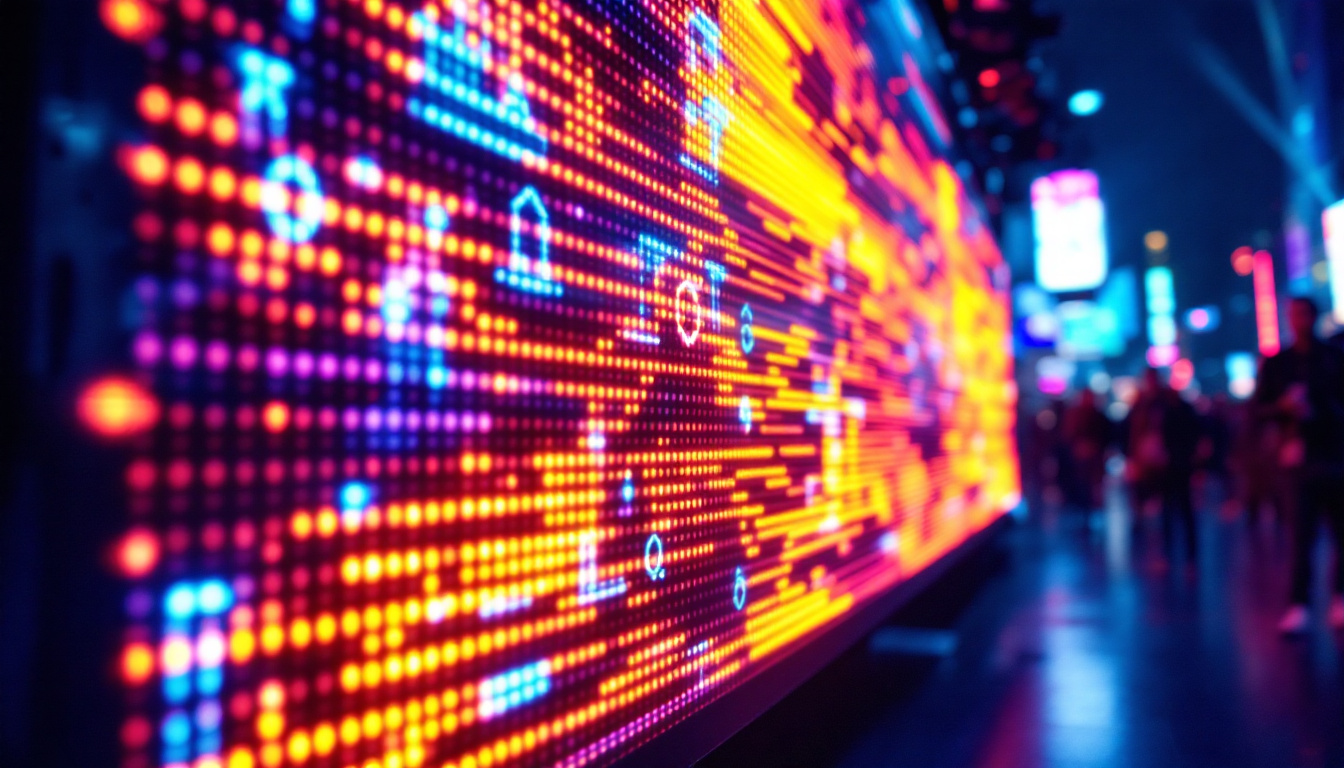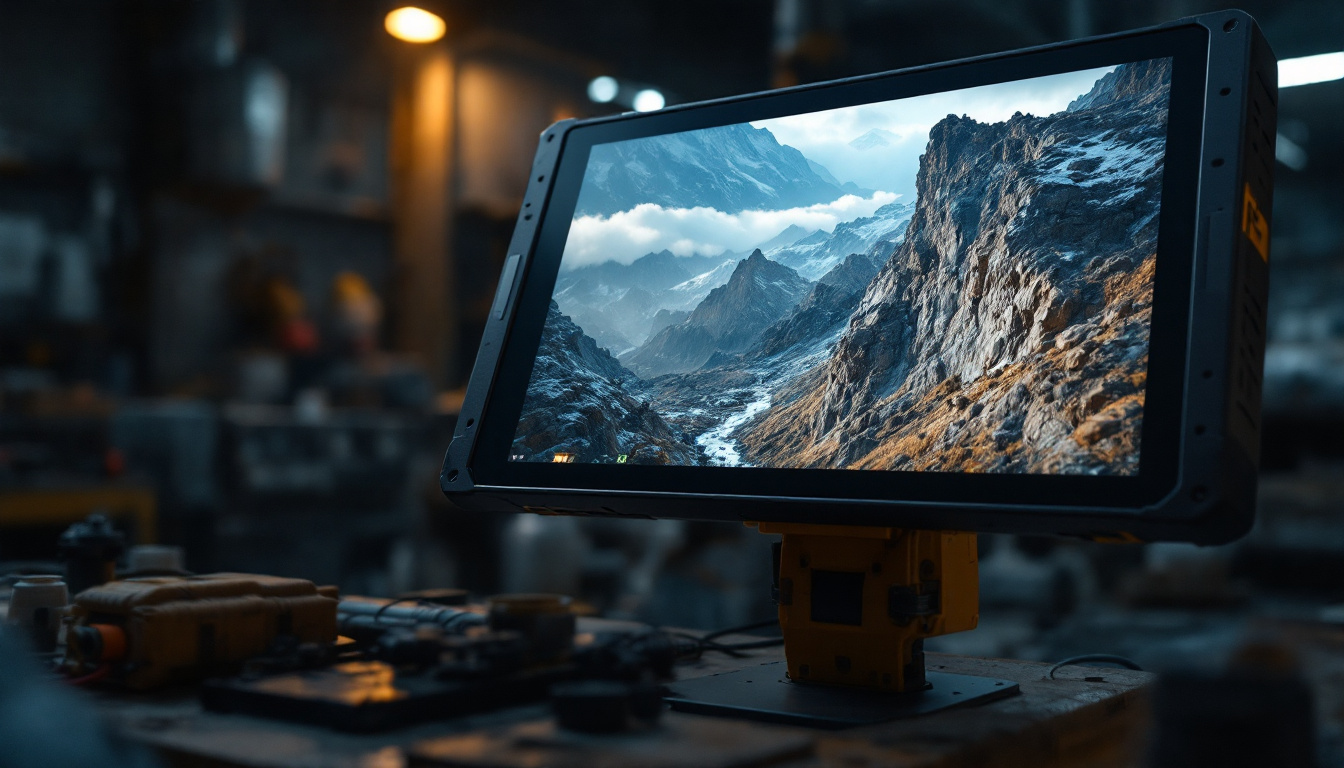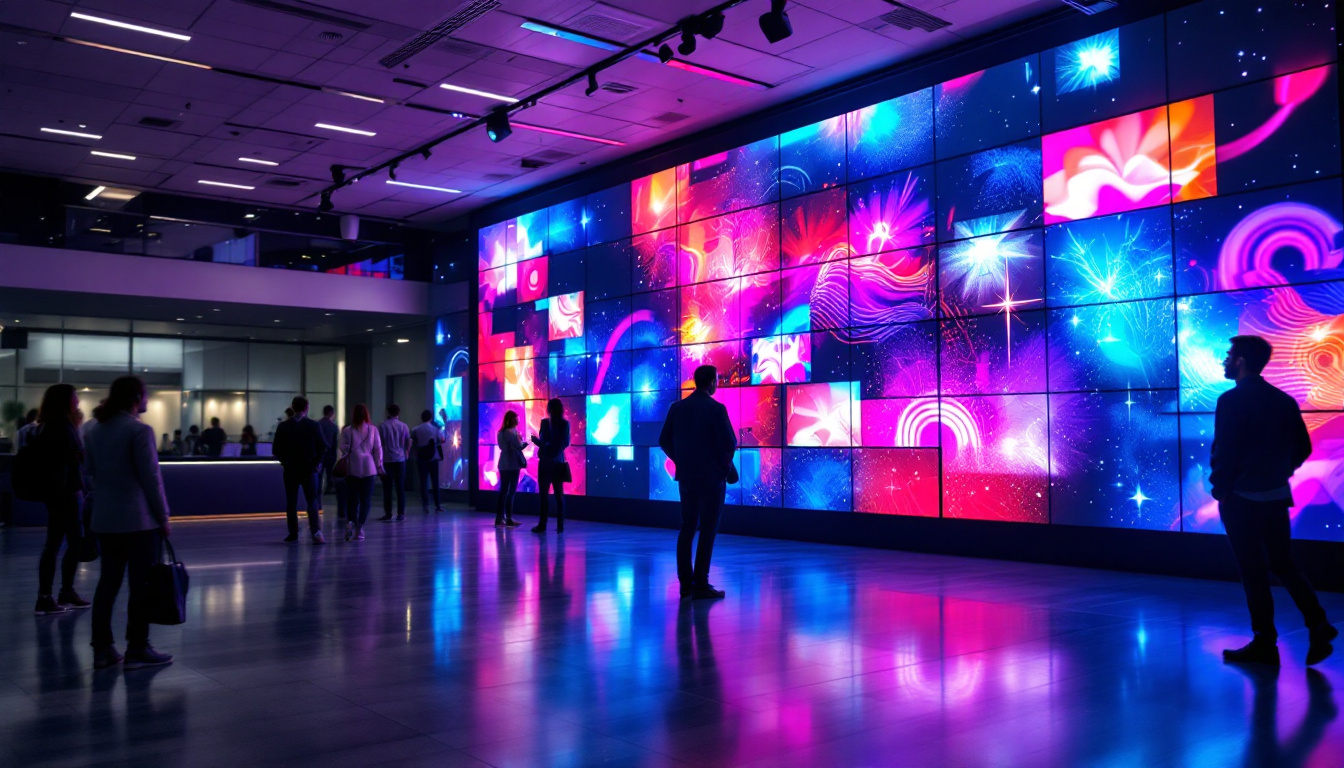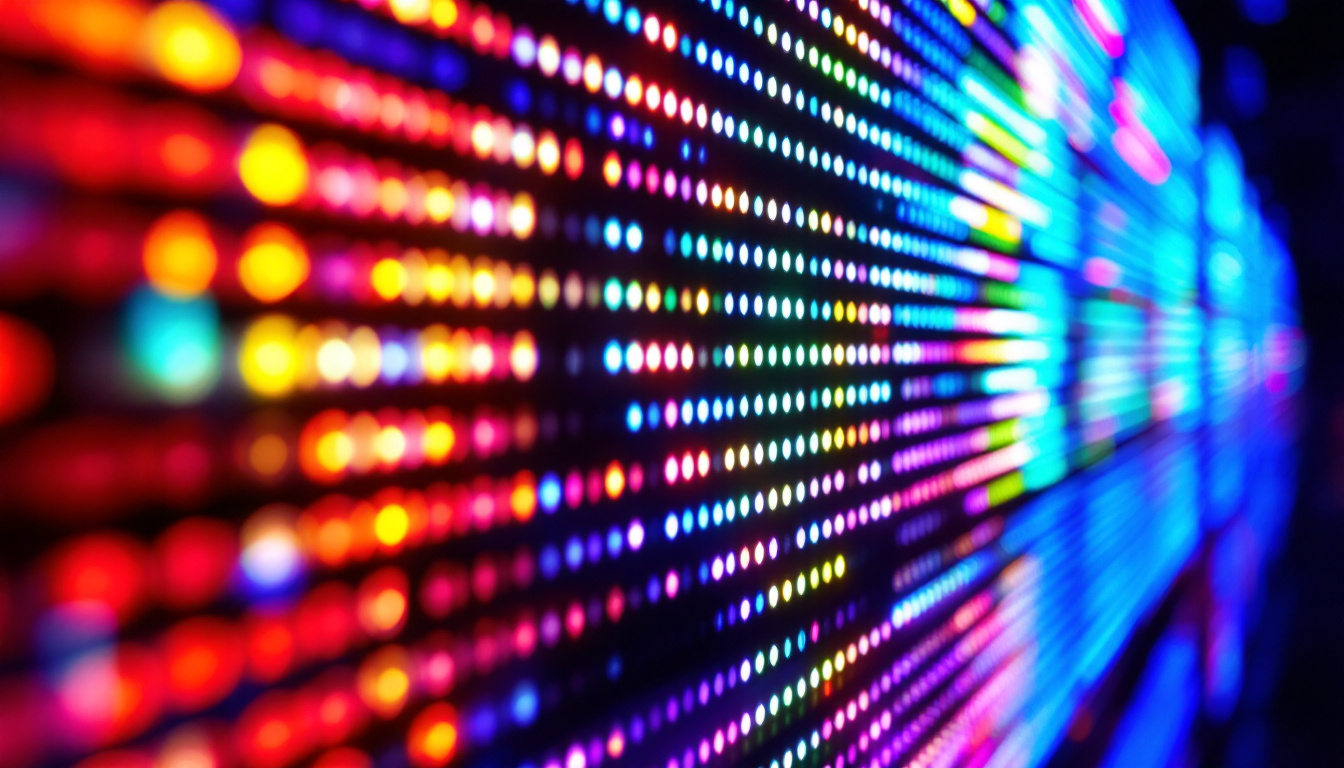LED screens have revolutionized the way visual content is displayed across various industries, from advertising and entertainment to sports and corporate events. Their versatility, brightness, and energy efficiency make them a preferred choice for many applications. However, the term “LED screen” encompasses a wide range of technologies and configurations, each suited to different needs and environments. This article explores the different types of LED screens, explaining their features, advantages, and typical use cases to help you make informed decisions when selecting an LED display solution.
Understanding LED Technology
Before diving into the types of LED screens, it’s essential to understand the basic technology behind them. LED stands for Light Emitting Diode, a semiconductor device that emits light when an electric current passes through it. LED screens are composed of thousands to millions of these tiny diodes arranged in a grid, which collectively produce images and videos. This grid configuration allows for precise control over each individual pixel, enabling vivid colors and sharp details that enhance the viewing experience.
Unlike traditional LCD or plasma screens, LED displays do not rely on backlighting. Instead, each diode emits its own light, resulting in higher brightness, better contrast ratios, and wider viewing angles. This self-illumination capability is why LED screens are highly visible even under direct sunlight, making them ideal for outdoor use. Furthermore, the energy efficiency of LED technology means that these displays consume less power compared to their predecessors, which not only reduces electricity costs but also contributes to a lower carbon footprint.
Another fascinating aspect of LED technology is its versatility in application. From large-scale billboards to small handheld devices, LEDs can be found in a variety of formats, including OLED (Organic Light Emitting Diode) and MicroLED. OLED screens, for instance, offer even deeper blacks and more vibrant colors due to their ability to turn off individual pixels completely. MicroLED technology takes this a step further by using microscopic LEDs that can create stunning resolutions and are less prone to burn-in issues, making them a promising option for future displays. As the technology continues to evolve, we can expect even more innovative uses and improvements in display quality.
Types of LED Screens
LED screens can be broadly categorized based on their structure, pixel pitch, and intended application. The main types include:
1. Indoor LED Screens
Indoor LED screens are designed for use within enclosed spaces such as conference rooms, shopping malls, airports, and auditoriums. These screens typically have a smaller pixel pitch, ranging from 0.9mm to 4mm, which means the diodes are packed closely together to deliver high-resolution images visible at short distances.
Because indoor environments have controlled lighting, these screens do not require extremely high brightness levels, usually ranging between 800 to 1,500 nits. Indoor LED displays are often modular, allowing for custom sizes and shapes, and are used for digital signage, presentations, and immersive experiences.
2. Outdoor LED Screens
Outdoor LED screens are built to withstand harsh weather conditions such as rain, wind, and extreme temperatures. They are commonly used for billboards, stadium screens, public announcements, and outdoor events. These screens feature a larger pixel pitch, typically between 4mm and 20mm, as they are intended to be viewed from greater distances.
One of the key characteristics of outdoor LED screens is their high brightness, often exceeding 5,000 nits, to ensure visibility even in direct sunlight. Additionally, they have robust protective coatings and enclosures to prevent damage from environmental factors. The combination of durability and brightness makes outdoor LED screens indispensable for large-scale advertising and live event broadcasting.
3. Transparent LED Screens
Transparent LED screens are an innovative type of display that allows light to pass through the screen, making them ideal for storefronts, glass facades, and architectural installations. These screens use a special design where LEDs are mounted on a transparent substrate, creating a see-through effect while still displaying vivid images.
The pixel pitch for transparent LED screens generally ranges from 6mm to 20mm, and their transparency can vary from 30% to 70%, depending on the model. This unique feature enables businesses to combine natural light and outdoor views with dynamic digital content, enhancing customer engagement without obstructing visibility.
4. Flexible and Curved LED Screens
Flexible LED screens are designed with pliable materials that can bend or curve, allowing for creative installations on curved surfaces, columns, or irregular shapes. These screens are increasingly popular in retail environments, exhibitions, and entertainment venues where unique visual effects are desired.
Curved LED screens, a subset of flexible displays, are often used in control rooms, immersive theaters, and gaming arenas. They provide a panoramic viewing experience by wrapping the image around the viewer, reducing distortion and enhancing immersion. Pixel pitch varies widely depending on the application, but the flexibility of the screen opens up new possibilities for design and audience engagement.
5. Rental LED Screens
Rental LED screens are modular, portable displays designed for temporary use at concerts, trade shows, festivals, and corporate events. These screens prioritize ease of assembly, lightweight construction, and durability to withstand frequent transportation and setup.
Rental LED screens come in both indoor and outdoor variants, with pixel pitches typically ranging from 2mm to 10mm. Their modular nature allows for quick customization of screen size and shape, making them a versatile solution for event organizers who require high-quality visuals on the go.
Key Specifications to Consider When Choosing an LED Screen
Choosing the right LED screen depends on several technical specifications that influence image quality, durability, and suitability for the intended environment.
Pixel Pitch
Pixel pitch refers to the distance between the centers of two adjacent pixels, measured in millimeters. It directly affects the resolution and viewing distance of the screen. A smaller pixel pitch means higher resolution and better image clarity at close range, making it ideal for indoor displays. Conversely, a larger pixel pitch is suitable for outdoor screens where viewers are farther away.
Brightness
Brightness, measured in nits, determines how well the screen performs under different lighting conditions. Indoor screens usually require lower brightness levels, while outdoor screens need high brightness (often above 5,000 nits) to remain visible in daylight. Some LED screens also feature automatic brightness adjustment to optimize visibility and power consumption.
Refresh Rate
The refresh rate, measured in Hertz (Hz), indicates how many times per second the screen updates its image. Higher refresh rates reduce flickering and provide smoother motion, which is particularly important for video playback and live broadcasts. A refresh rate of 1,920 Hz or higher is recommended for professional LED displays.
Viewing Angle
The viewing angle defines the maximum angle at which the screen can be viewed without significant loss of image quality or color distortion. LED screens typically offer wide viewing angles, often exceeding 120 degrees horizontally and vertically, ensuring that content is visible from various positions.
Durability and Protection
For outdoor and rental LED screens, durability is crucial. Look for features such as IP65 or higher ratings, which indicate resistance to dust and water. Robust casing materials and shock absorption capabilities also contribute to the longevity and reliability of the display.
Applications of Different LED Screen Types
Understanding the practical applications of each LED screen type helps in selecting the right technology for specific needs.
Advertising and Digital Signage
Both indoor and outdoor LED screens are extensively used in advertising. Outdoor billboards leverage high brightness and large pixel pitch to attract attention from passing vehicles and pedestrians. Indoor digital signage benefits from high resolution and vibrant colors to engage shoppers and visitors in malls, airports, and retail stores.
Sports and Entertainment
Stadiums and arenas use massive outdoor LED screens to broadcast live action, replays, and advertisements. Indoor LED walls enhance concerts, theaters, and exhibitions with dynamic backdrops and interactive content. Flexible and curved LED screens are particularly popular in entertainment venues for creating immersive environments.
Corporate and Event Use
Corporate events, conferences, and trade shows often utilize rental LED screens for presentations, branding, and live streaming. The modularity and portability of rental screens allow for quick setup and customization to fit different venues and event sizes.
Architectural and Retail Innovation
Transparent LED screens are transforming storefront displays and architectural facades by integrating digital content without compromising natural light or visibility. This technology enables innovative marketing strategies and enhances the aesthetic appeal of buildings.
Future Trends in LED Screen Technology
The LED display industry continues to evolve rapidly, driven by advancements in materials, manufacturing, and digital integration.
Mini-LED and Micro-LED technologies are pushing the boundaries of resolution and brightness while improving energy efficiency. These developments promise thinner, lighter, and more flexible screens with superior image quality.
Integration with AI and IoT is enabling smarter displays that can adapt content based on audience demographics, environmental conditions, and real-time data. Additionally, the rise of 3D and holographic LED displays hints at new immersive experiences that could redefine visual communication.
Conclusion
LED screens come in a variety of types tailored to different environments and applications. From high-resolution indoor displays to rugged outdoor billboards, transparent facades, flexible installations, and portable rental solutions, the diversity of LED technology offers something for every visual communication need.
Understanding the distinctions between these types, along with key specifications like pixel pitch, brightness, and durability, is essential for selecting the right LED screen. As technology advances, LED displays will continue to enhance how information and entertainment are delivered, making them an indispensable tool in the modern visual landscape.
Discover LumenMatrix’s Innovative LED Solutions
Ready to elevate your visual displays with cutting-edge LED technology? Look no further than LumenMatrix, a pioneer in the field, committed to transforming your brand’s presence with vibrant and dynamic LED solutions. From captivating Indoor LED Walls to robust Outdoor Displays and beyond, LumenMatrix offers a comprehensive range of products designed to engage and inspire. Experience the future of visual communication today and check out LumenMatrix LED Display Solutions to bring your message to life with unparalleled clarity and impact.



